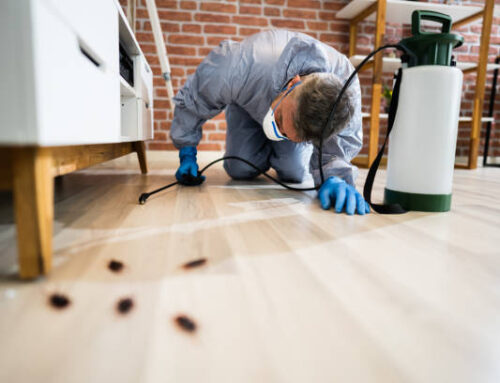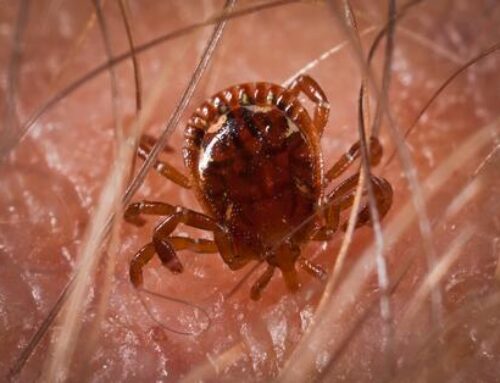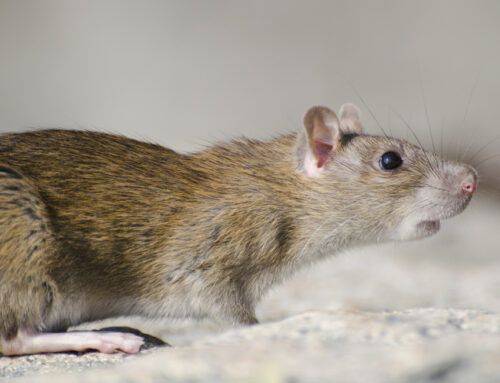Termites remain one of the most destructive pests affecting homes and businesses today. Their silent feeding habits can compromise wood structures, flooring, and even furniture before visible signs appear. Traditional treatment methods have evolved significantly over the past decade, with new technologies focusing on long-term prevention and environmentally conscious solutions. Modern termite baiting systems and advanced liquid treatments now offer homeowners greater peace of mind and more reliable results than ever before.
These innovations in termite control combine scientific precision with proactive monitoring to ensure infestations are not only treated effectively but prevented from recurring. Understanding how these advancements work helps property owners make informed decisions about protecting their investments.

The Evolution Of Termite Control
Historically, termite treatments relied heavily on broad chemical applications designed to create toxic barriers around structures. While effective, older methods often involved large quantities of pesticides that could impact soil health and nearby ecosystems. Over time, research and technology have refined these methods to focus on targeted applications that reduce environmental risk without compromising efficiency.
Today’s termite control strategies emphasize two main approaches: baiting systems and liquid treatments. These modern techniques work hand-in-hand to both eliminate active colonies and safeguard properties against future invasions. Baiting targets termite colonies directly by using slow-acting, environmentally friendly ingredients, while liquid applications create a protective zone around foundations to prevent access.
Professional pest specialists use these treatments strategically, tailoring combinations based on building layout, soil type, and termite species. A well-designed approach not only eliminates current infestations but also minimizes long-term maintenance needs.
Understanding Modern Termite Baiting Systems
Termite baiting represents a revolutionary shift in pest management. Instead of relying solely on surface treatments, baiting focuses on the behavior and social structure of termites to achieve colony-wide elimination. These systems work by exploiting termite foraging patterns and communication methods to deliver control agents directly into the heart of the colony.
Here’s how termite baiting works:
- Bait stations are strategically placed around the perimeter of a structure, typically in soil or near high-risk entry points.
- Termites discover the bait while foraging and begin feeding on the material, which contains a slow-acting termiticide.
- Infected termites carry the compound back to the nest, sharing it through grooming and feeding behaviors.
- The colony gradually declines, as the active ingredient disrupts growth or reproduction without triggering alarm responses.
Modern bait formulations are designed to be non-repellent, meaning termites cannot detect their presence. This ensures more consistent feeding and wider distribution throughout the colony. Unlike older baits that required frequent replacements, newer systems feature long-lasting materials that maintain potency for months at a time.
Advanced monitoring technology now allows technicians to track termite activity in real time, ensuring that treatment remains effective. These data-driven systems make termite baiting more precise, efficient, and environmentally responsible than ever before.
Advances In Liquid Termite Treatments
Liquid termite treatments remain a cornerstone of pest management, particularly for active infestations and long-term prevention. However, the technology behind these applications has evolved dramatically. Modern formulas combine science and sustainability, delivering results with lower toxicity and longer residual effectiveness.
Key innovations in liquid termite treatments include:
- Non-repellent formulations: Termites unknowingly contact and spread the treatment throughout the colony, ensuring widespread control.
- Soil-binding technology: New chemicals bond tightly to soil particles, reducing leaching and increasing protection durability.
- Precision injection systems: Professionals use specialized equipment to deliver consistent doses into soil, foundations, and wall voids.
- Extended residual life: Today’s products can remain active for up to a decade with proper application.
- Low environmental impact: Many advanced liquids are designed to minimize risks to plants, pets, and groundwater.
These treatments create a protective barrier around a building’s foundation, preventing termites from entering or establishing colonies. Because they are odorless and invisible, they provide seamless protection without altering the property’s appearance.
Combined with professional termite inspection and maintenance, modern liquid applications can stop infestations before they spread.
Comparing Baiting And Liquid Solutions
Both termite baiting and liquid treatments play vital roles in termite management, but their effectiveness depends on various factors such as the type of infestation, structural layout, and environmental conditions. The best results often come from integrating both approaches for comprehensive coverage.
Advantages of termite baiting systems:
- Ideal for environmentally sensitive areas
- Targets the entire colony, including hidden nests
- Requires minimal disruption during installation
- Allows ongoing monitoring and adjustment
Advantages of liquid treatments:
- Offers immediate protection against active infestations
- Provides long-lasting residual defense
- Works effectively in soil and foundation applications
- Excellent preventive measure for new construction
A combined approach delivers both short-term elimination and long-term prevention. Liquid barriers stop immediate termite access, while baiting ensures colony eradication. This synergy makes integrated systems the preferred method for modern termite control.
Regular maintenance remains essential to sustaining protection. Even advanced treatments require periodic inspection to verify that barriers remain intact and bait stations are active. Scheduling regular pest inspections ensures continued defense and early detection of potential reinfestation.
The Role Of Professionals In Advanced Termite Treatment
While DIY termite products are available, professional application is critical for effective results. Experts understand termite biology, soil chemistry, and structural vulnerabilities that determine treatment success. Professional technicians use calibrated tools and advanced formulations unavailable to consumers, ensuring consistent coverage and long-lasting outcomes.
Professional termite specialists typically follow these steps:
- Comprehensive property assessment: Identifying active colonies, high-risk areas, and structural weaknesses.
- Customized treatment planning: Choosing the right mix of termite baiting and liquid barriers for the specific environment.
- Precise application: Using specialized tools to inject or distribute treatments evenly.
- Ongoing monitoring: Inspecting bait stations and liquid barriers to confirm sustained activity reduction.
- Preventive maintenance: Implementing moisture control and sealing recommendations to reduce termite attraction.
Professionals also adhere to strict environmental standards and local regulations, ensuring treatments are safe for people and pets. With expert installation and monitoring, homeowners receive not only effective extermination but also peace of mind knowing that their property remains protected long after treatment.
Strengthen Your Defense Against Termites
As technology continues to advance, termite baiting and liquid treatments have become more precise, sustainable, and long-lasting than ever. Combining modern science with expert application ensures both immediate elimination and future prevention.
For comprehensive termite protection, professional inspection, and customized solutions, contact E&G Exterminators. Our experienced team provides expert termite control services that safeguard your home with innovative techniques and dependable care.






